- Powder Coating Technology: History and Evolution
- A Comprehensive Look at Automated Powder Coating
- AI and Powder Coating Technology
- How Will Automation Influence the Future of Powder Coating?
Powder coating is an industrial process where dry, protective coatings are electrostatically applied to the surfaces of manufactured products, such as consumer goods, structural components, and automotive parts. These durable coatings can greatly enhance a material's resilience to environmental stressors and provide functional properties like UV resistance.
In recent years, powder coating systems have evolved to become more automated. Artificial intelligence (AI) and smart technology have had a critical role in this transformation. Their innovation and implementation continue to evolve, ushering in new possibilities and production capacities for the powder coating industry.
Powder Coating Technology: History and Evolution
First invented in 1945, powder coating has come a long way since its first use. Traditionally, devices like powder coating spray machines are manually operated. While manual powder systems are efficient and cost effective for smaller applications, they can can be inefficient and error-prone when larger production runs are required, often resulting in wasted materials and slow application times.
As these drawbacks began to be noticed, automated powder coating ideas formed. Early automation was effective at improving the speed of the powder coating production line, but it lacked the ability to adjust spray parameters in real-time. This presented new challenges which are now being addressed by modern automated systems, artificial intelligence, and smart technologies.
A Comprehensive Look at Automated Powder Coating
Automated systems have quickly become the norm in settings where high throughput and accuracy are required. These systems are much more robust than their manual counterparts and are ideal for high-production manufacturers. Powder coating automation, in particular, offers a range of benefits to enterprises and stakeholders.
Key Components
While automated and manual powder produce similar results, automation is a more complex process that uses additional components, as detailed below:
Component | Function |
Automatic Feed System/Conveyor | Similar to an assembly line, the feed system moves objects through the system at a predetermined speed. It's typically a vertical conveyor that objects hang from. |
Sensors | Sensors are responsible for initiating processes, detecting gaps, identifying objects, and determining object height/dimensions. |
Robotic Arms/Spray Guns | Robotics in powder coating are the "life" of the automated system and act as a spray technician. Multiple arms and spray guns are often utilized to increase efficiency and uniformity. |
Control Unit | The control unit acts as the "brains" of the automated system. It controls aspects like hopper fluidization, reciprocators, spray gun arms, and current. |
Benefits and Challenges of Automated Powder Coating Systems
Automation can have a positive effect on an organization's powder coating line. Efficiency is drastically improved and properly calibrated systems only need to use the exact amount of material that's necessary for a sufficient coat. Additionally, the repeatable nature of automated assembly lines means that the powder coated objects benefit from a more uniform and defect-free coat.
Many of the challenges associated with automation come from a logistical standpoint, such as cost, employee training, and current system integration. To overcome these obstacles, it's recommended to buy equipment manufactured by companies like Gema and Graco, as these brands will offer the support and innovation that are necessary to accommodate emerging powder coating technologies. Most importantly, purchasing the equipment from authorized and trained distributors such as Bolair Fluid Handling Systems helps to ensure trouble free running of the equipment.
Artificial Intelligence and Powder Coating Technology
Artificial intelligence has been one of the most innovative powder coating solutions developed in recent years. In general, it refers to a non-human system that can gather external data, interpret it, and apply adaptable machine learning models. These characteristics provide many benefits to powder coating, as it allows systems to:
- Optimize Operations: AI can act like a quality control engineer and track material usage, analyze final results, and make suggestions to optimize the system.
- Make Real-Time Adjustments: AI is intuitive enough to make real-time performance adjustments to metrics like current and powder output based on inputs.
- Improve Consistency: AI in powder coating can create more consistent conditions, even with personnel shift changes.
AI and the IoT in Industrial Applications
AI and Internet of Things (IoT) implementation go hand in hand. The IoT refers to the IP-addressed network of smaller, auxiliary devices that utilize the internet to communicate with each other. In IoT-enhanced powder coating machines, devices like control interfaces are able to share data in a way that optimizes processes. This increased connectivity can create whole system monitoring, which allows an automated system the ability to adjust parameters in real time to better serve the system.
Gema's MagicControl 4.0 is a perfect way to integrate this technology. With centralized management tools like parts detection, line management, data export, axis control, and gun control, it enables Gema powder coating systems to perform in a much more intelligent way.
AI's Use Within the Manufacturing Industry
Industry 4.0, or the fourth industrial revolution, refers to the emergence of smart technologies in manufacturing. It has continually developed over the years to provide applications for everything ranging from process optimization to product development.
Both AI and IoT connectivity have been extensively used in manufacturing and serve as an excellent model for powder coating. For example, manufacturing has been able to use AI to identify when and how certain systems are likely to malfunction and recommend preventative maintenance ahead of time to avoid it. This process could be extremely beneficial to the error-prone nature of mechanical powder coating machines.
Conclusion: How Will Automation Influence the Future of Powder Coating?
The advent of artificial intelligence and smart manufacturing technology is here to stay. As algorithms improve, so too does the operational efficiency of the machines they're installed on. In turn, this requires continuous investment in the latest developments to remain relevant in increasingly competitive industries.
Coating equipment technology is heavily affected by this advancement. The boosted efficiency, consistency, and quality that automation, AI, and the IoT provide cannot be ignored. By staying at the forefront of powder coating technology trends and purchasing your powder coating guns and equipment from a supplier like Bolair, you can ensure that your company will continue to be a key player in the ever-changing industrial landscape. Contact us today to discuss your equipment needs.

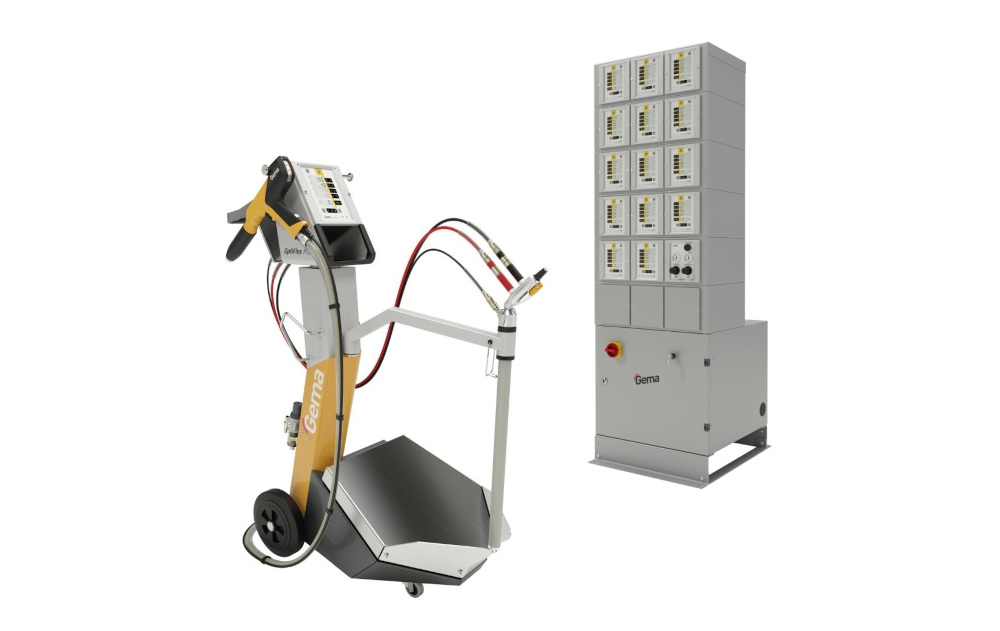


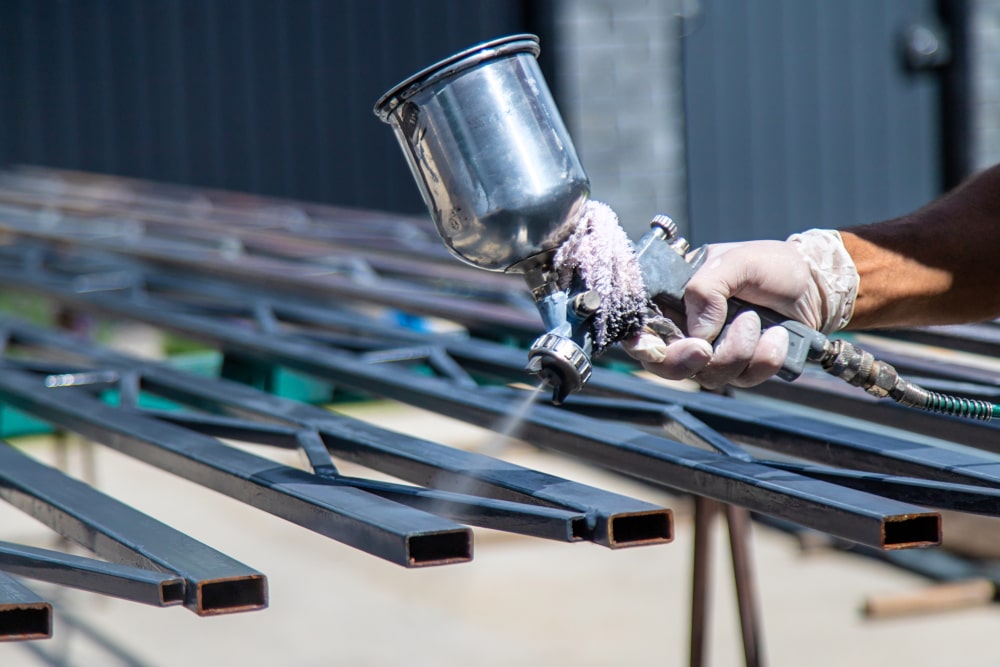
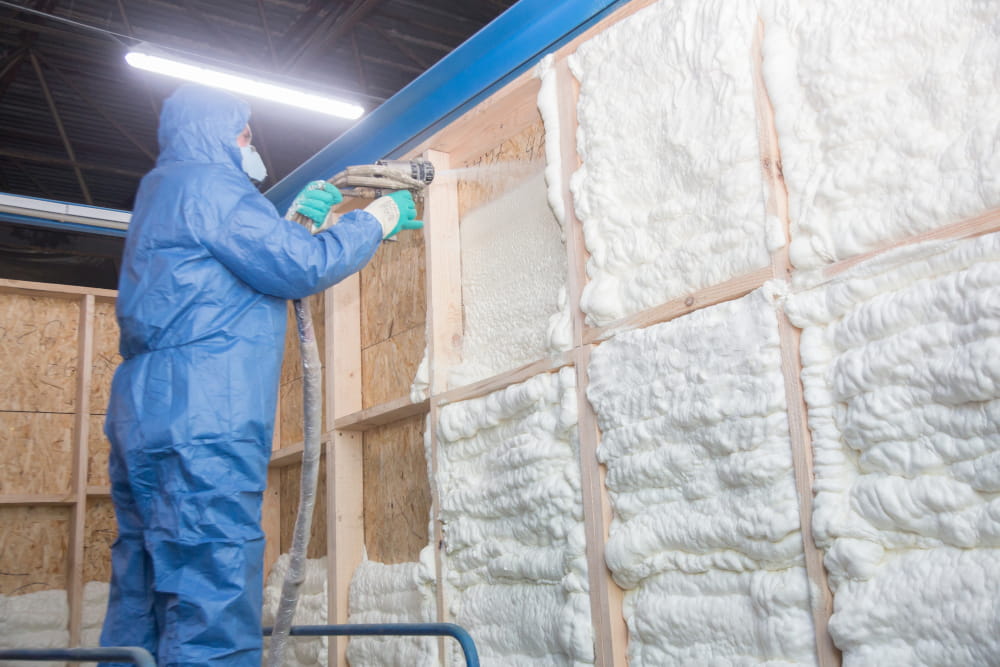
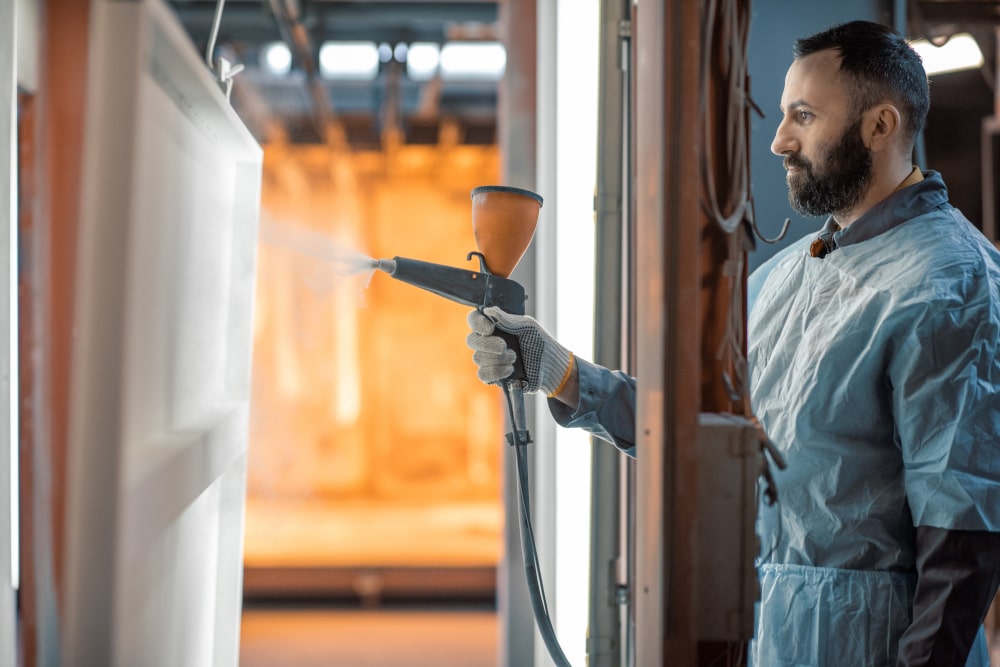
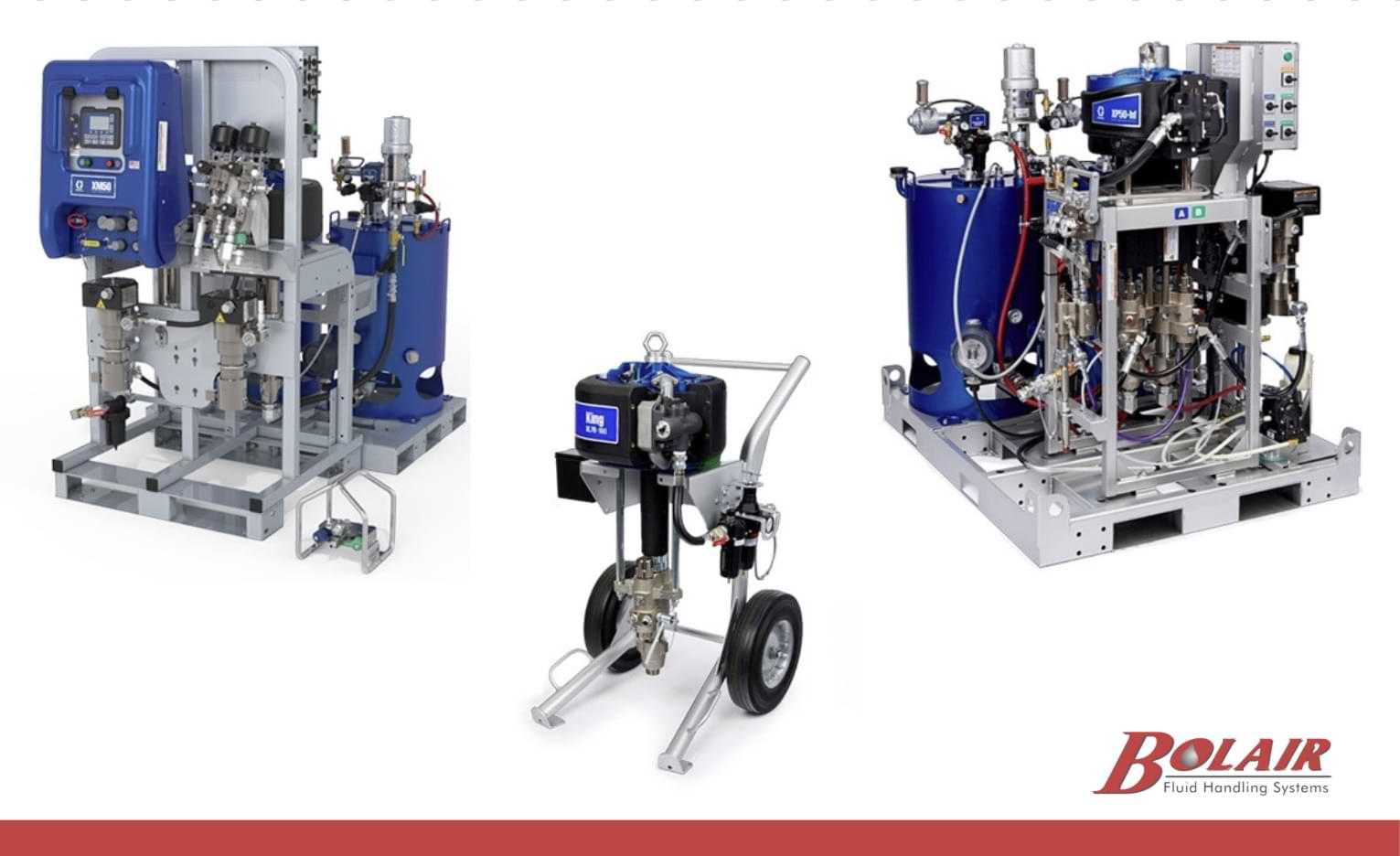
Validate your login
Sign In
Create New Account